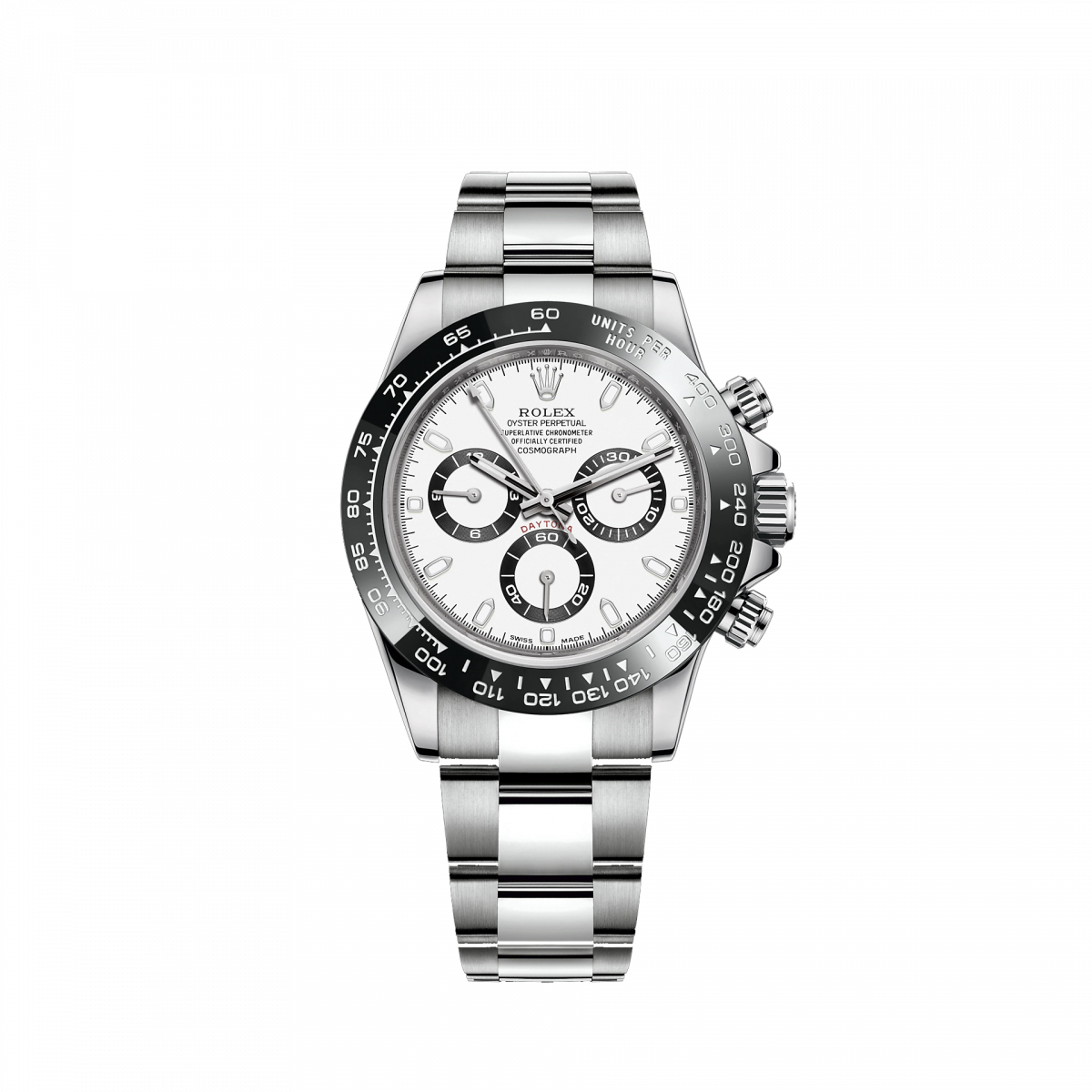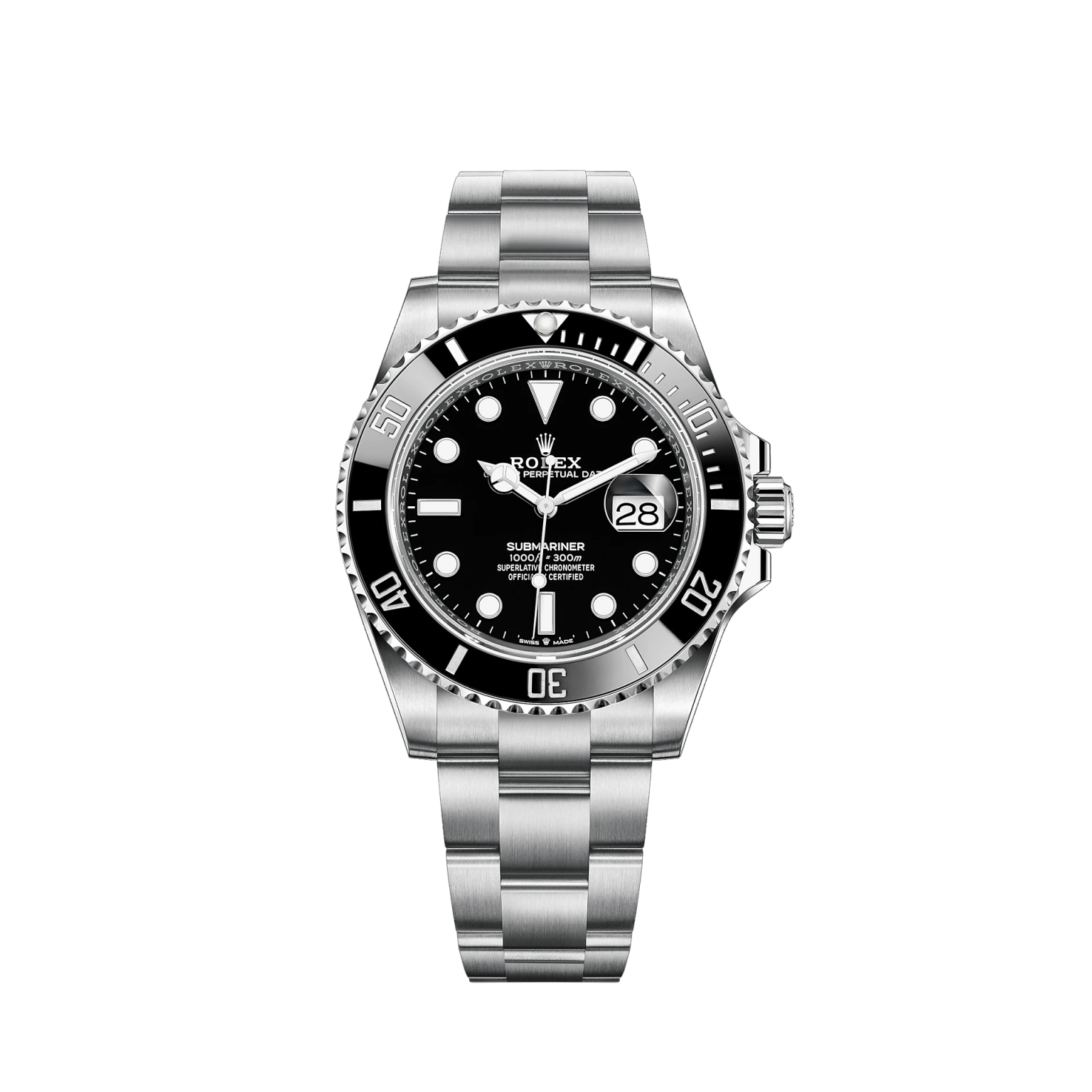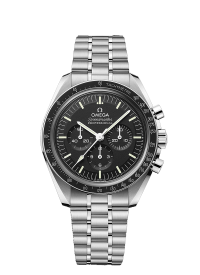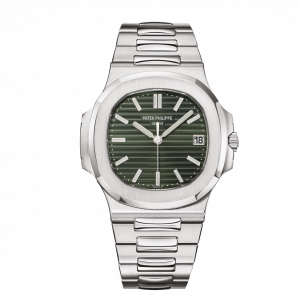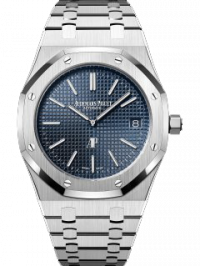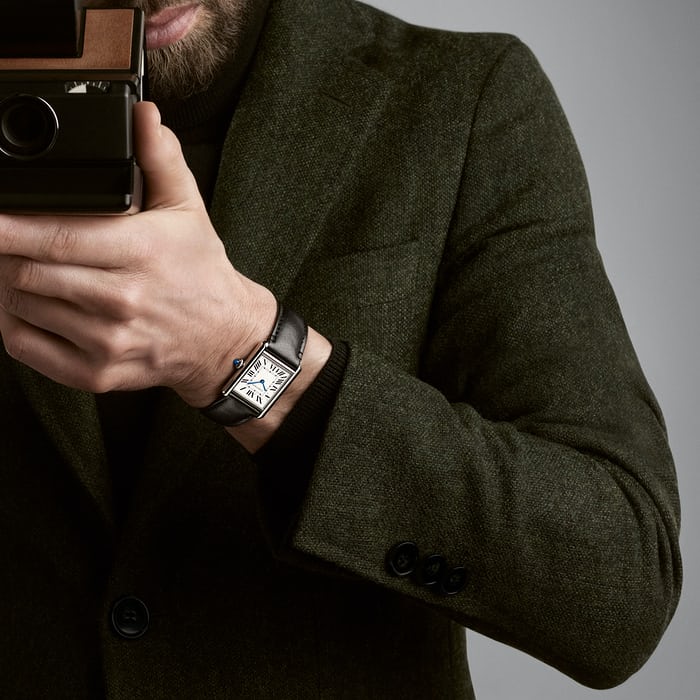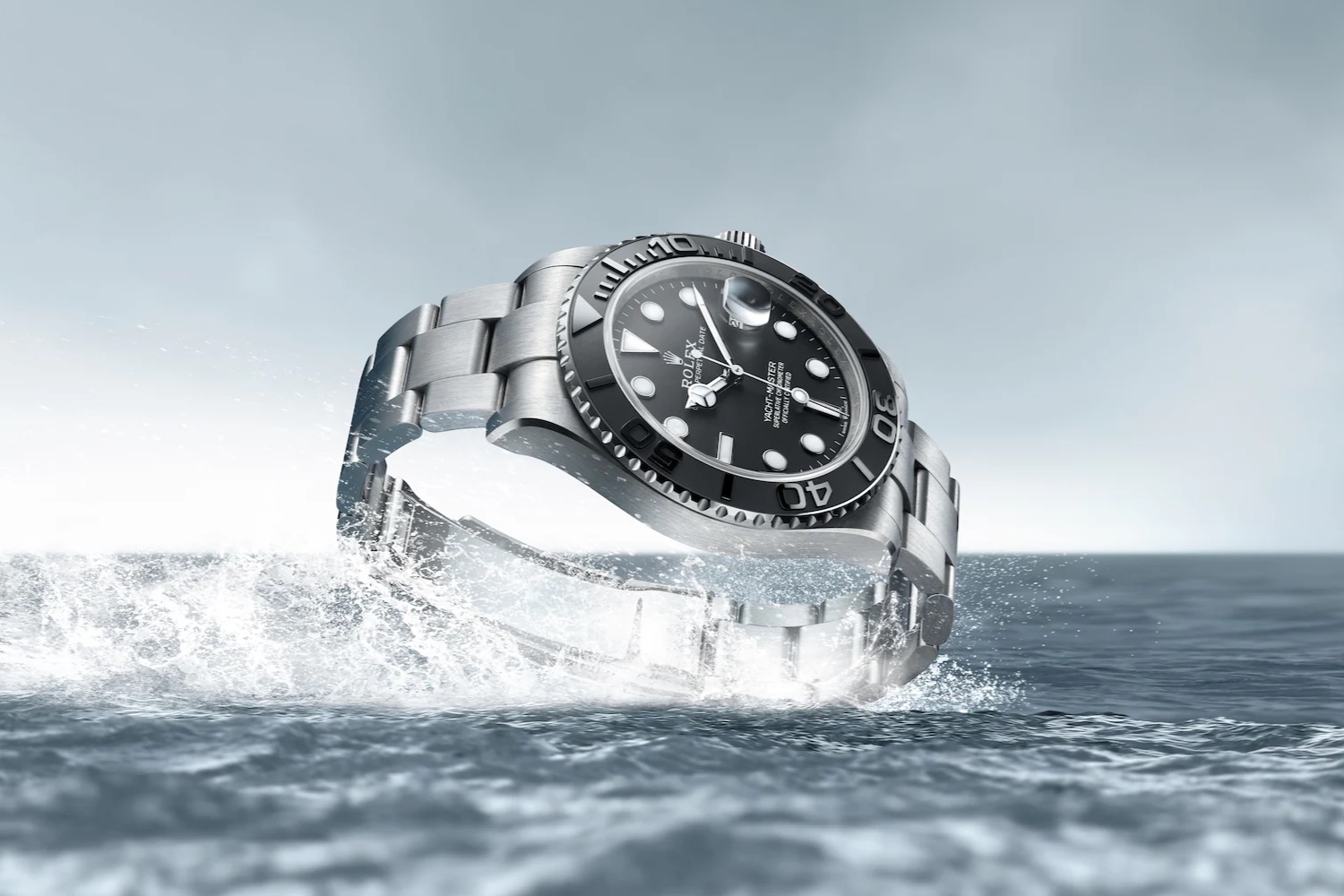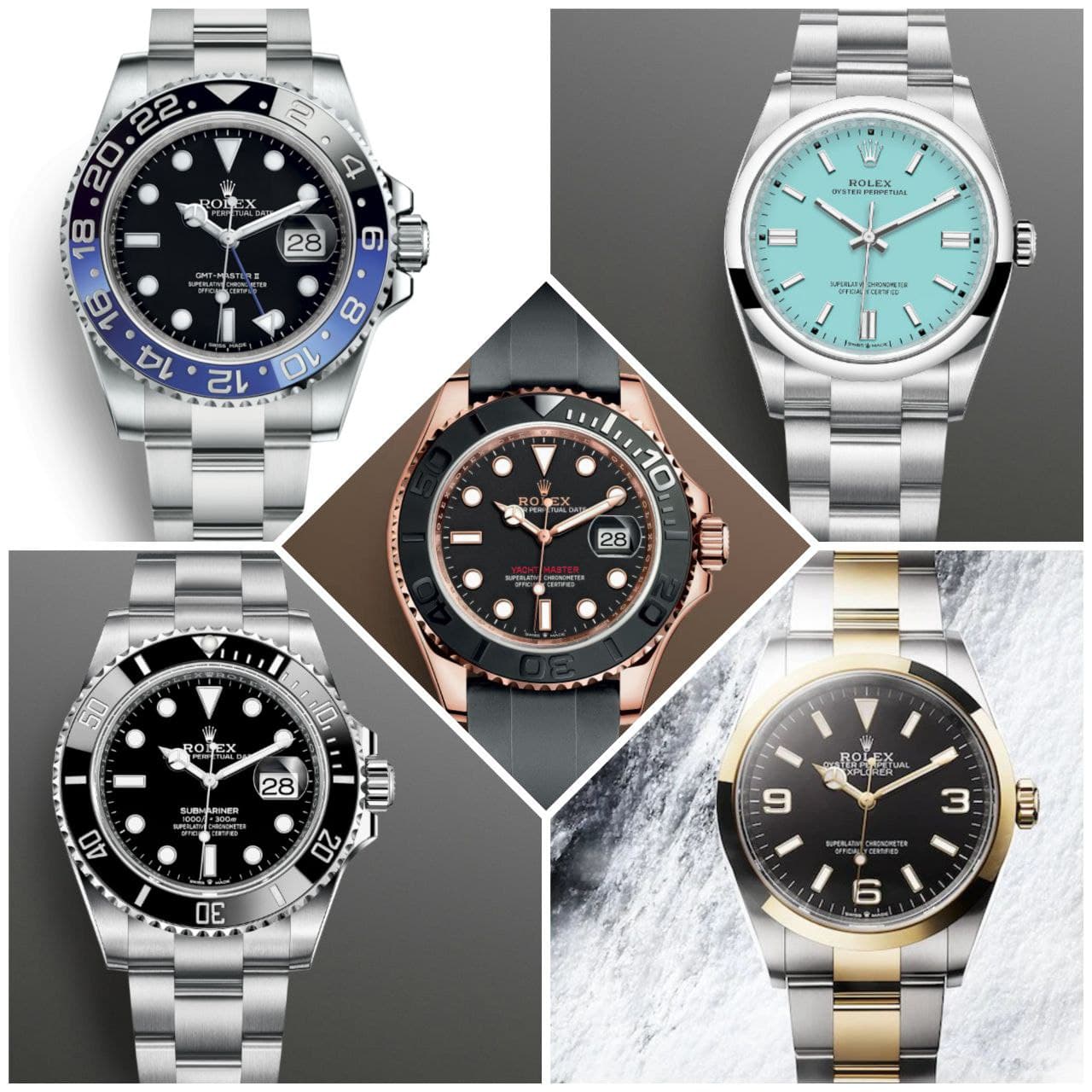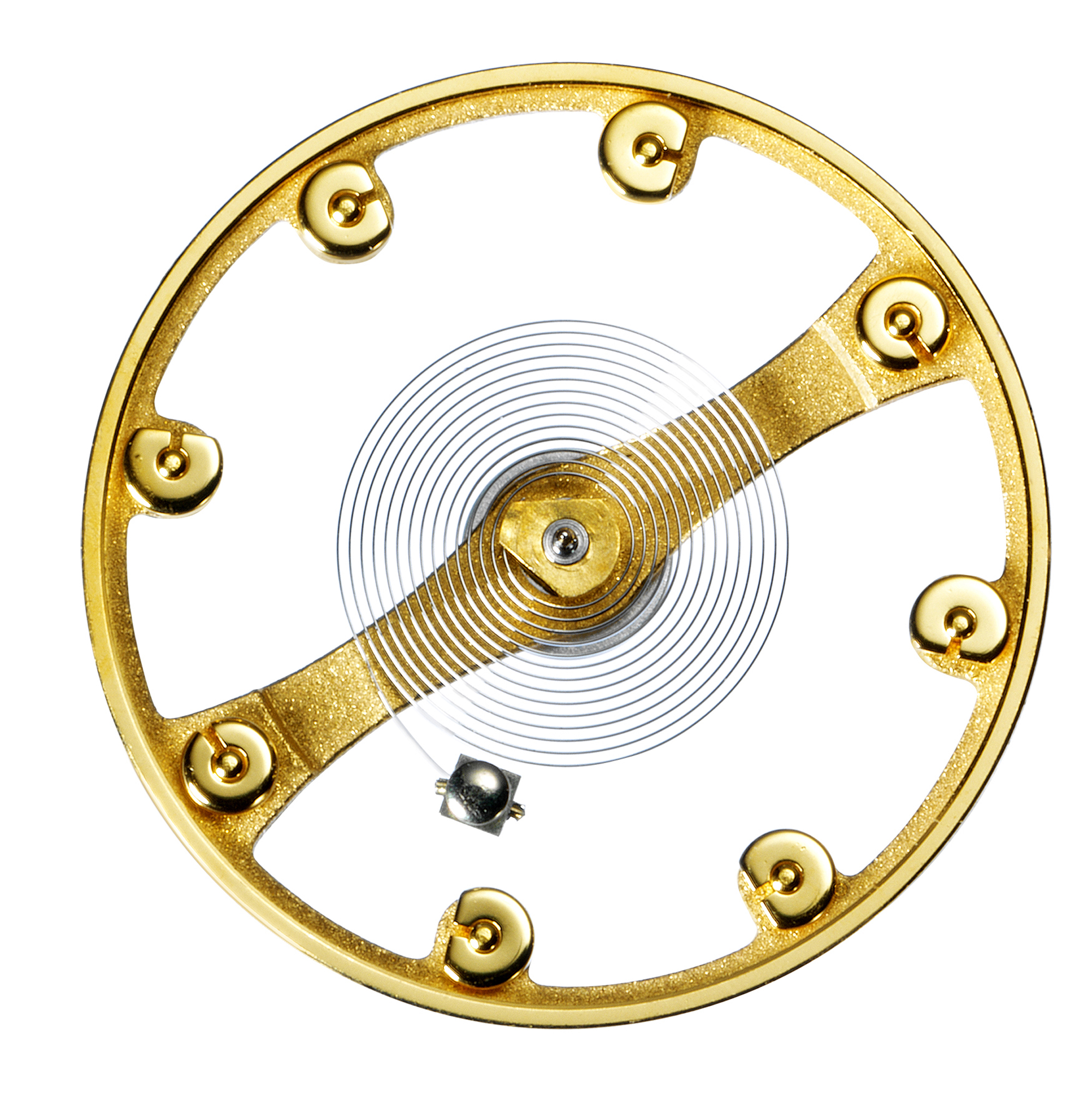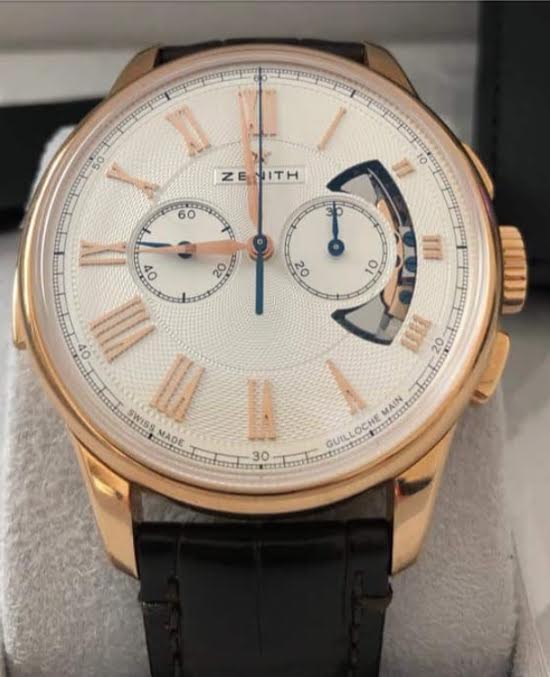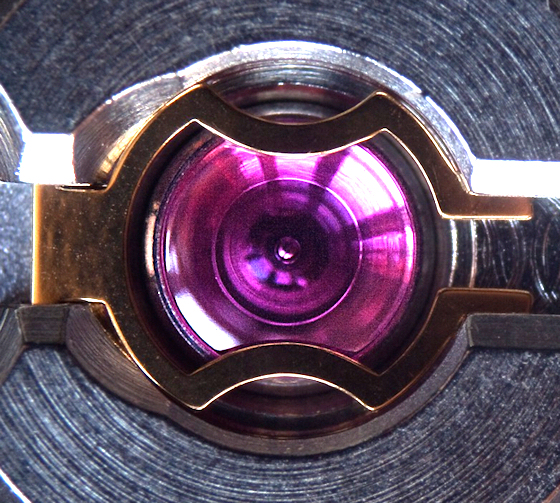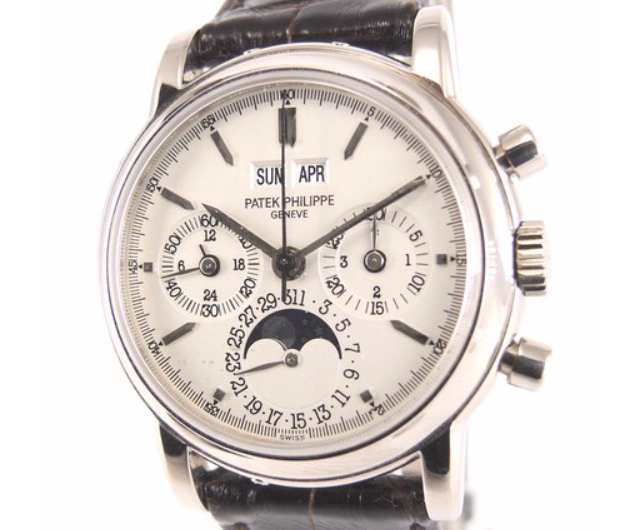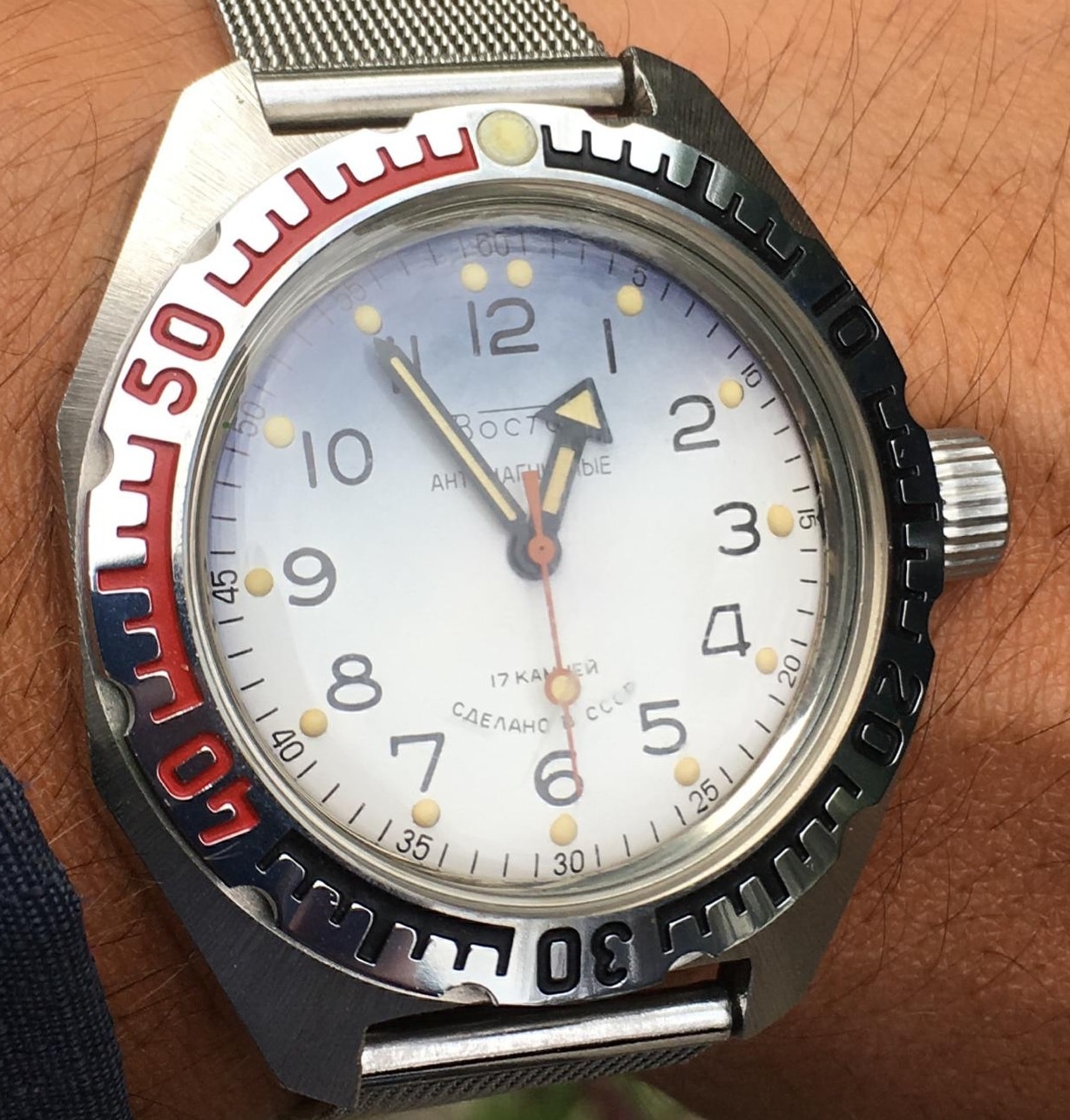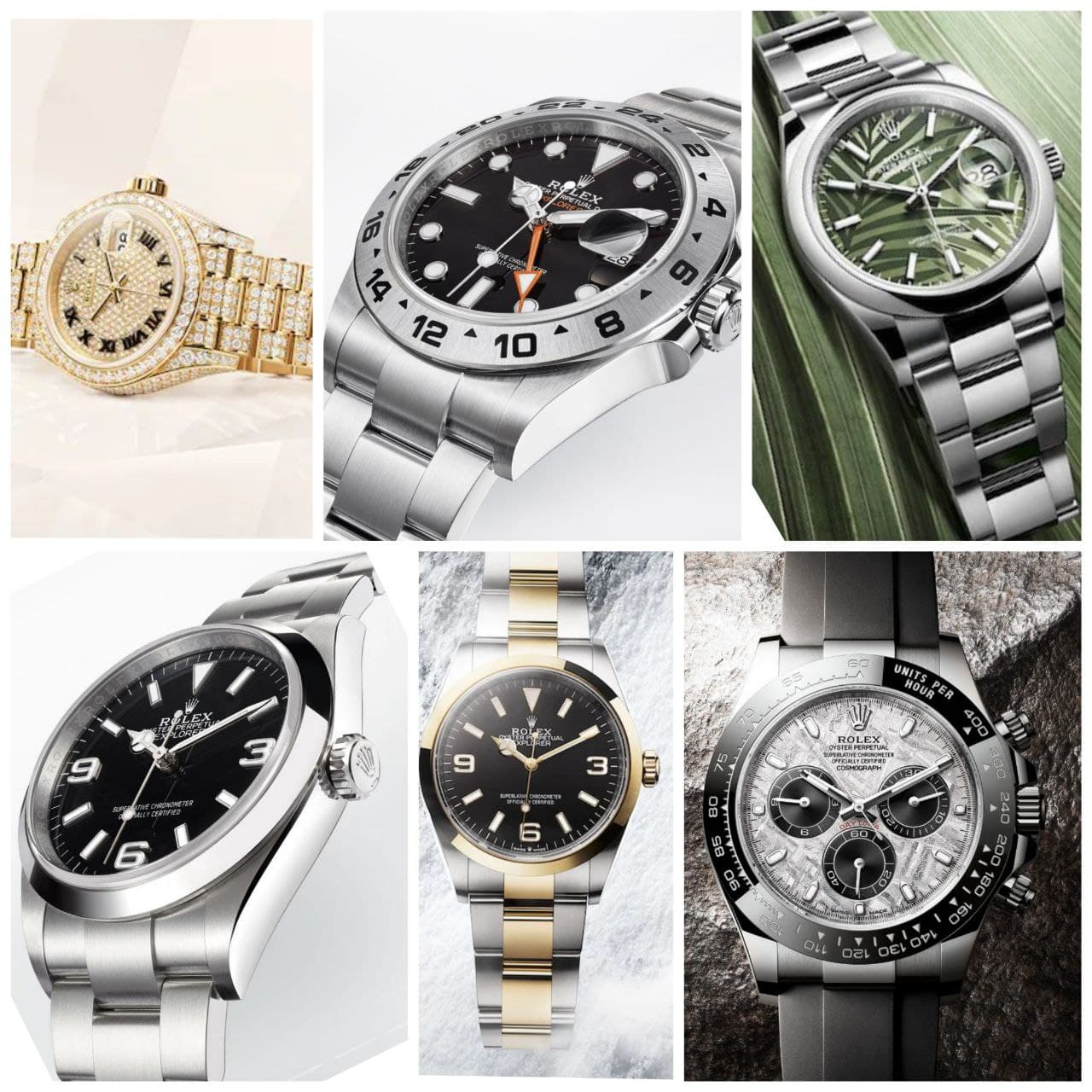Dr. N.
Many watch buyers ask themselves a simple question: my watch is waterproof? Water resistance is one of the most useful features in a watch, because we all often expose our bodies to water, whether it's for washing our hands or for diving into the pool or for a shower.
So let's see what waterproofing is and how to understand if the watch you have on your wrist is waterproof or not.
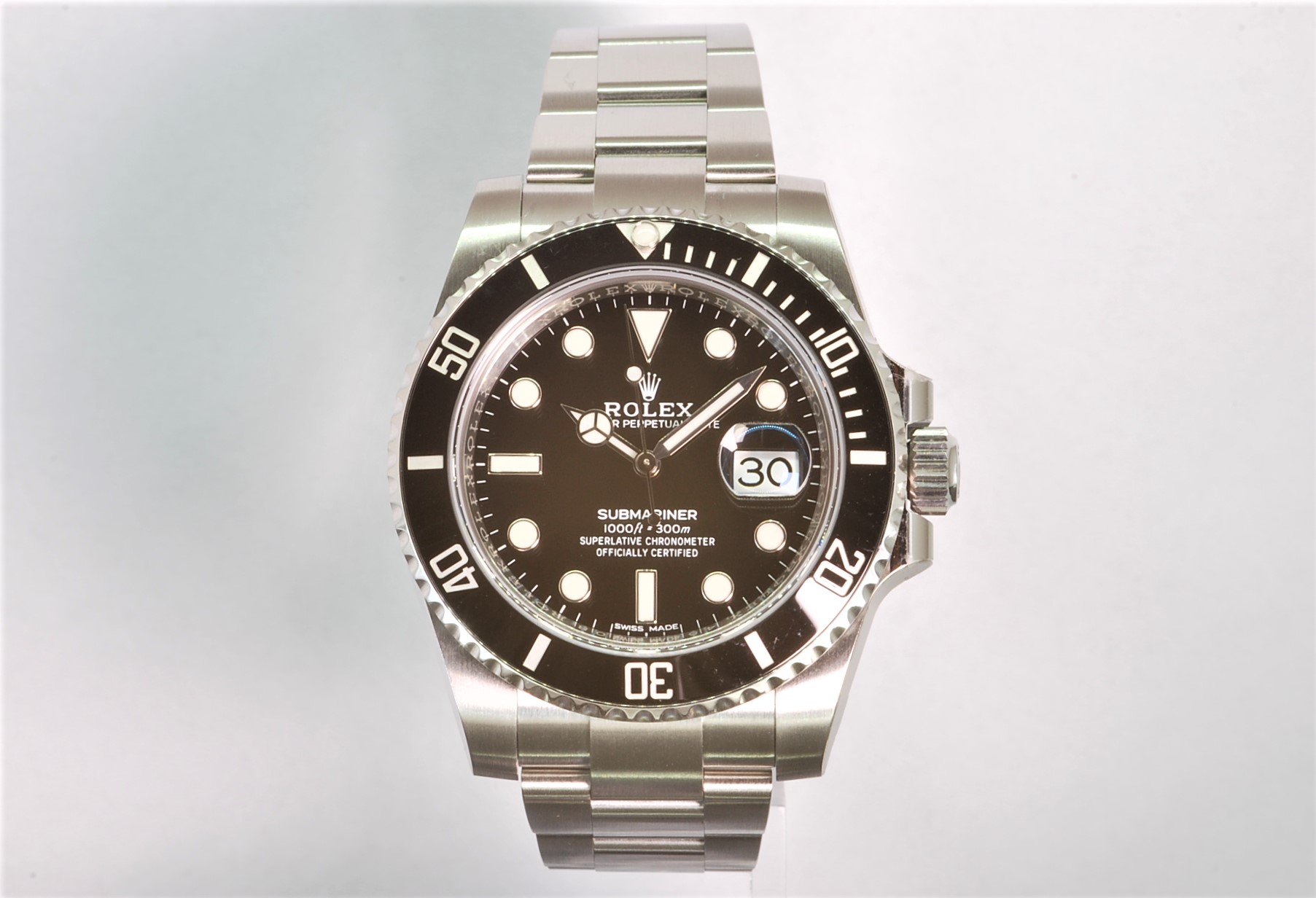
What is waterproofing? Because it's important?
Watches are normally tested for their water resistance. The tests consist in subjecting the watch to an external pressure higher than atmospheric pressure. Essentially the watch is placed in a pressure chamber where air is injected. If there is a drop in pressure inside the bell, it means that air enters the watch. This is why the water resistance of watches is often measured in atmospheres.
Another unit of measurement for the water resistance of watches are meters of water. A ten-meter column of water exerts a pressure equal to one kilogram per square centimeter, or 1 atmosphere. Therefore, a watch that is waterproof to 3 atmospheres will also be defined as waterproof to 30 meters. It is a misleading way of indicating waterproofing. In fact, using a watch "waterproof to 30 meters" while swimming will almost certainly lead to water infiltration. The reason for this apparent contradiction? A static resistance to infiltration, measured in a glass bell, has little to do with the stresses a watch receives when swimming.
Water hitting the watch in the swimming motion presses hard on the seals, urging them more vigorously than a gradual immersion to the depth for which the watch is tested would. For this reason it is recommended to use watches with diving depths much greater than the actual depth at which you swim, as we will see in the next paragraph.
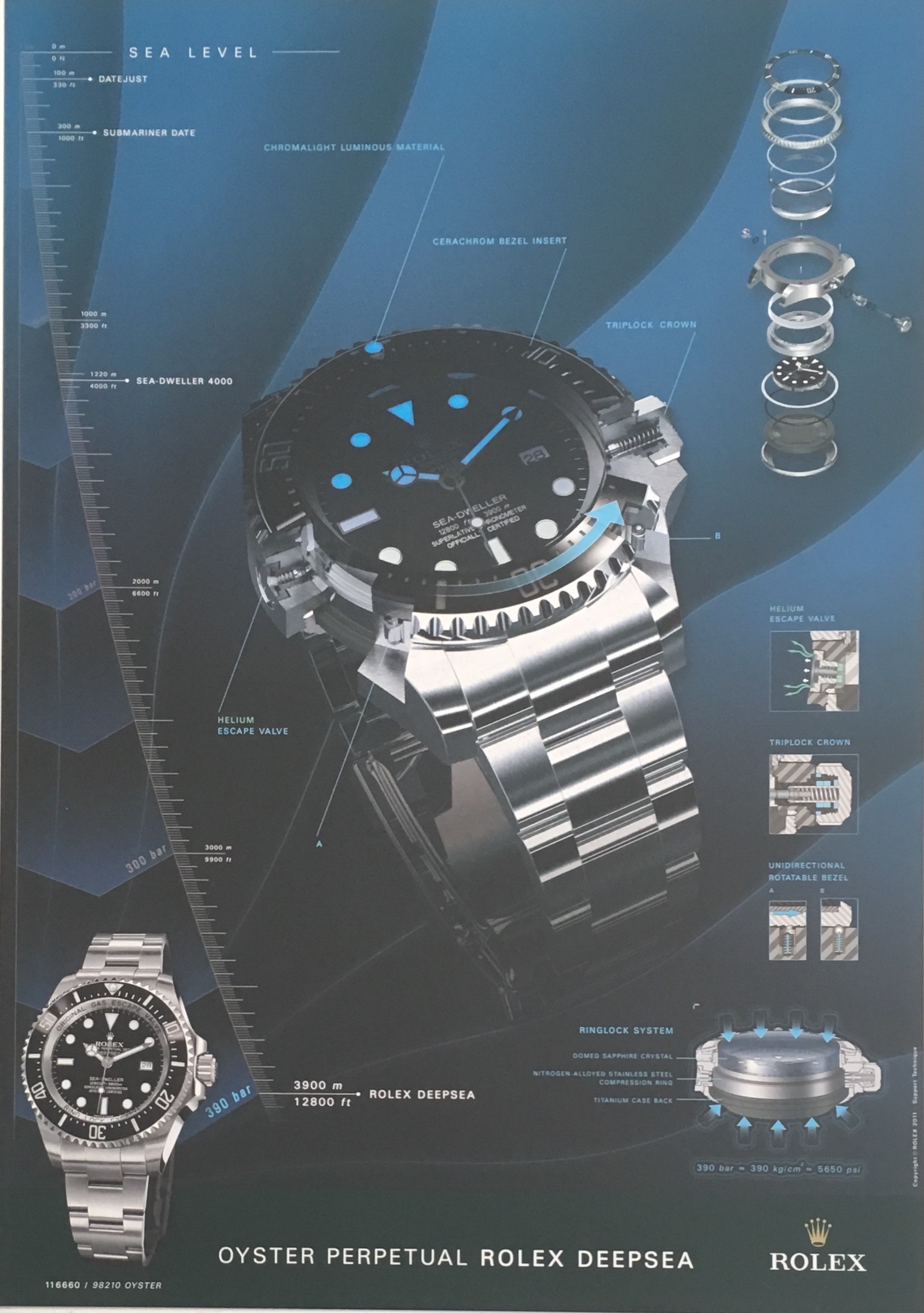
The levels of impermeability
The watches have, as seen, levels of impermeability measured in atmospheres and meters.
Now let's see what these levels mean in concrete terms.
- Water resistance 1 atmosphere (on the back there is the abbreviation “1 atm” or “10 m”): these are not waterproof watches. They can resist dust and sweat, but even the jet of water with which you wash your hands puts them at risk of infiltration.
- impermeability 3 atmospheres (“3 atm” or “30 m”): these are slightly waterproof watches, suitable for everyday situations such as washing hands or taking in the rain. They are not suitable for swimming or take a shower, although they usually survive an accidental fall in water. However, a direct jet of water on the watch should be avoided if possible.
- Water resistance 10 atmospheres ("10 atm" or "100 m"): watches suitable for surface swimming, as well as everyday situations. They tolerate shallow free diving and are, of course, suitable for all the small water exposures mentioned for the lower water resistance watches.
- Water resistance 20 atmospheres (“20 atm” or “200 m”): watches suitable for swimming and scuba diving. From here you can authentically start talking about diving watches. They are watches that, thanks to their construction, are able to resist the infiltration of water in all situations in which you can realistically find yourself.
- Water resistance beyond 20 atmospheres (or 200 m): these are watches intended for professional use. Deep diving, heavy underwater work, long parking in hyperbaric capsules: these are the scenarios for which these watches are designed. Sometimes these diving watches integrate a valve for the escape of helium, as in the case of theOmega Seamasters or of Rolex Sea Dweller. The helium valve should be considered as a tool intended for professionals who spend long periods in hyperbaric chambers, having no practical application on, or just below, the surface.
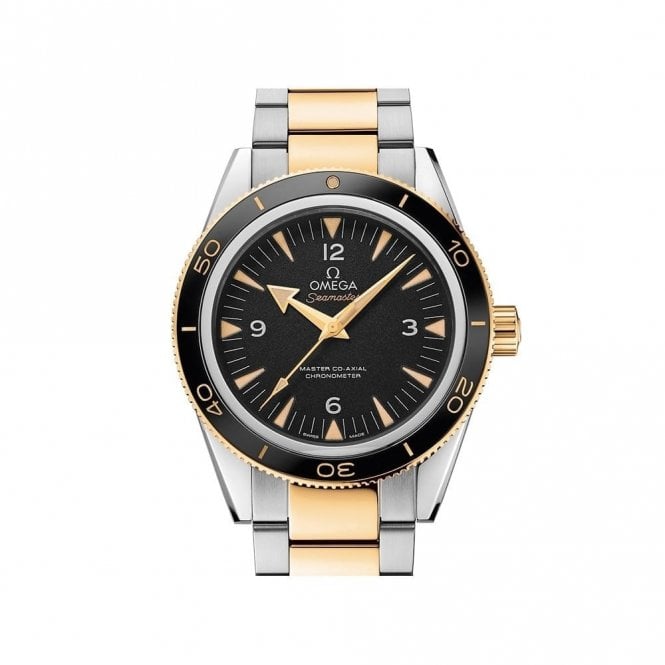
How to find out if your watch is waterproof
Normally, the degree of water resistance of a watch is indicated on the back of the case, in the part called the caseback, that is to say the lid that tightens the back of the case and allows access to the movement when open. It is usually engraved along with other information in the center or around the perimeter of the caseback. Some watches indicate the degree of water resistance, in atmospheres or meters, also on the dial.
In most cases, the writing on the watch together with the table in the previous paragraph allows us to understand in which situations we can use our watch without fear of water infiltration.
What if water resistance is not indicated?
If the degree of water resistance is not indicated anywhere on the watch, nor in the instruction manual of the watch itself, it is probably a non-waterproof watch. This is especially true for so-called shaped watches, that is rectangular, octagonal or any other shape other than the ordinary roundish one.
Round watches often have a circular caseback. This can be fixed by pressure or screw. If fixed with screws, it ensures greater impermeability. This is the reason why most diving watches have a more or less circular shape: it allows easier installation of the screw-down caseback, useful for guaranteeing water resistance.
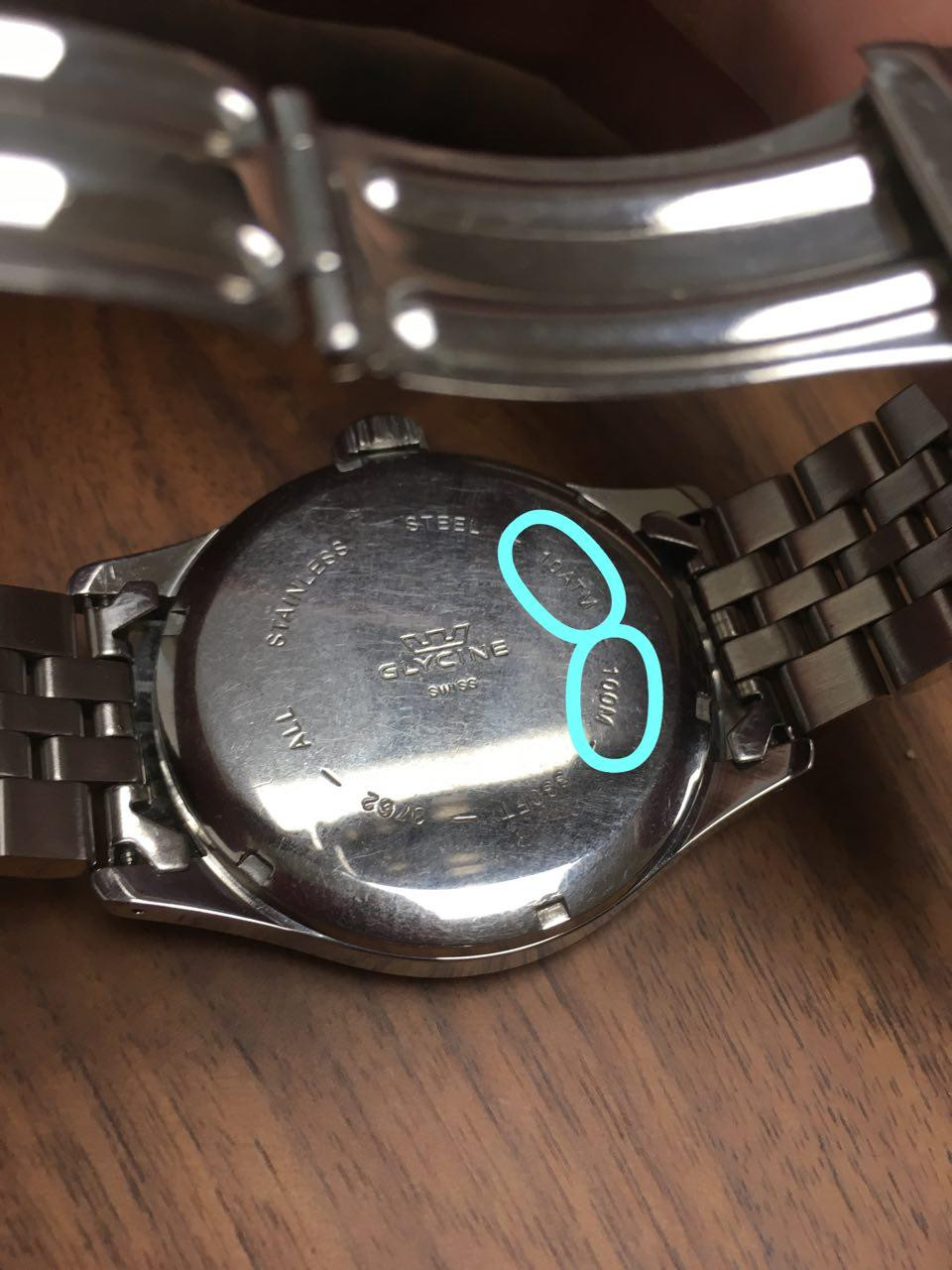
You can see, on the back of this Glycine, the indication of the impermeability in atmospheres and meters
Now, in a clock with a shape, the caseback is usually not circular and therefore cannot be fixed with a screw: which is why, unless otherwise indicated, we must consider not waterproof the shape watches.
Another clue to find out if the watch is water resistant or not is the presence of a screw-down crown. The crown is the knob that protrudes, usually at three o'clock, from the watch case. Once extracted, it is used to set the time and wind up mechanical watches. If the crown needs to be turned counterclockwise in order to be extracted like a bottle cap, it means that it has a screw; if, on the other hand, it comes out simply by pulling it outwards, it is pressure. Except for exceptions, snap-crown watches I'm not nearly never divers.
Two closing tips:
- If you have a watch with the leather strap, avoid submerging it. The skin is very delicate and water could damage it. Usually diving watches have a rubber strap or metal bracelet for this reason.
- Avoid if possible to make you the shower with the clock. The jets of the hand shower reach very high pressures and can penetrate watches even resistant to 10 atmospheres.
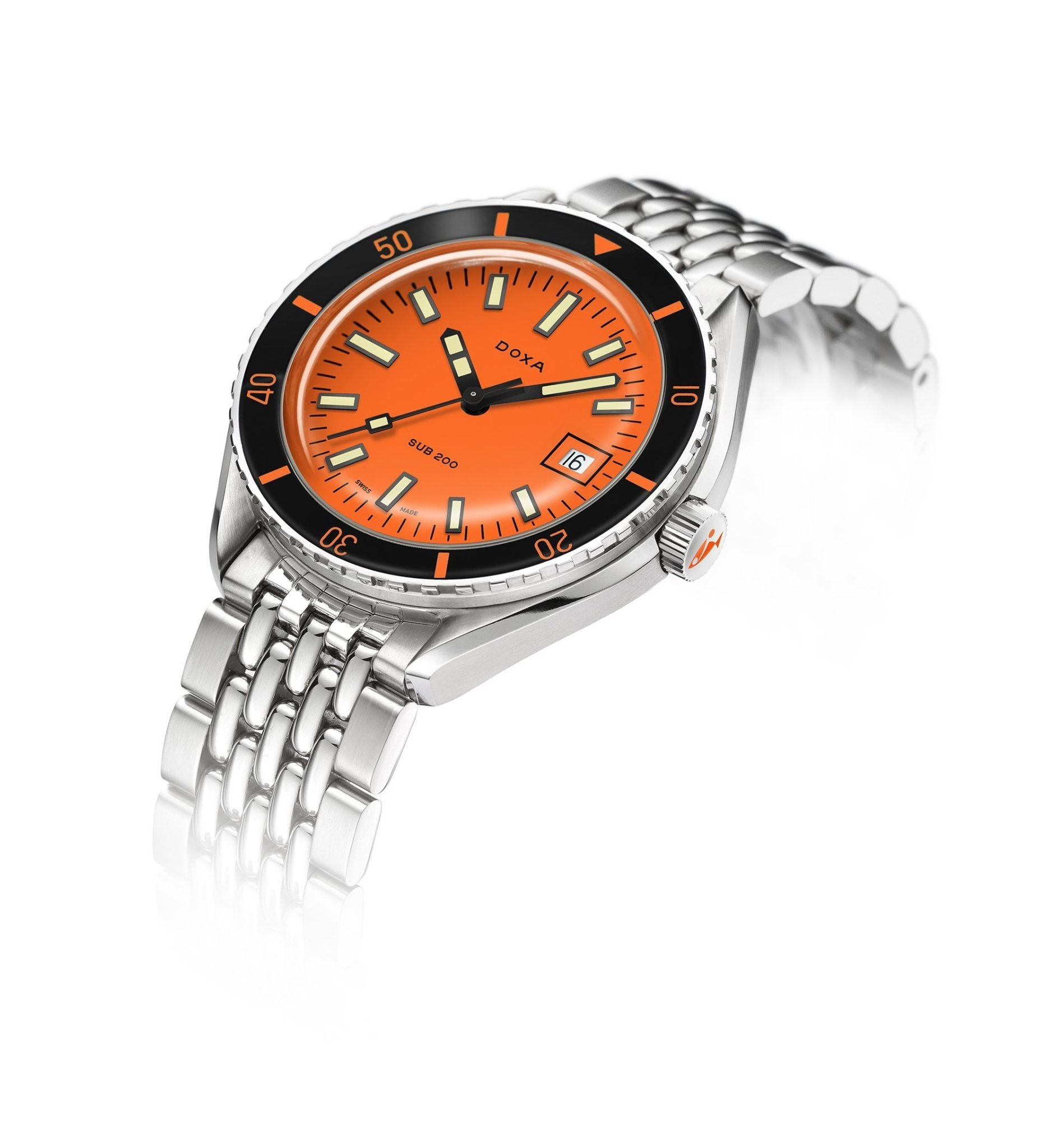
Conclusion: Is my watch waterproof?
If your watch says “10 atm” or “100m” and is undamaged, it is probably waterproof enough to swim in.
The problem could possibly arise in the case of watches of a certain age, in which over time the seals that keep the water out of the case have stiffened or worn: these watches should not be considered waterproof, unless after a review by an expert.
In general, our advice is this: if you are not sure about the water resistance of a watch, ask a qualified expert who will be able to advise you the best. You can find one in your area with Chronosect's dedicated search tool. The trusted laboratories you find on Chronosect are equipped with the best equipment and, above all, they are characterized by the competence and experience of the best Italian watchmakers. You can trust them with your watch.
If you liked this article, subscribe to the Chronosect Newsletter (at the bottom of the home page) and read our Shops!


